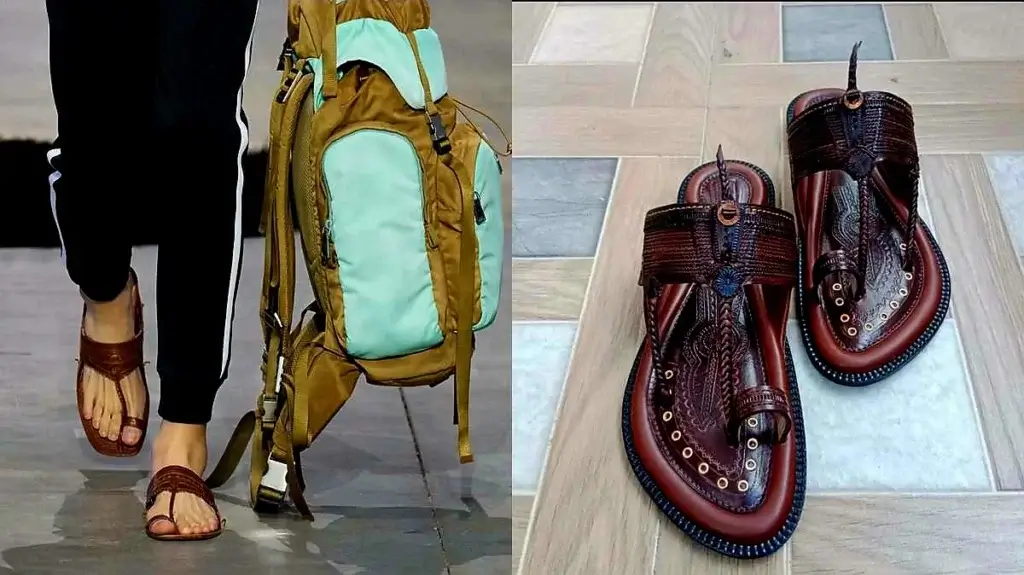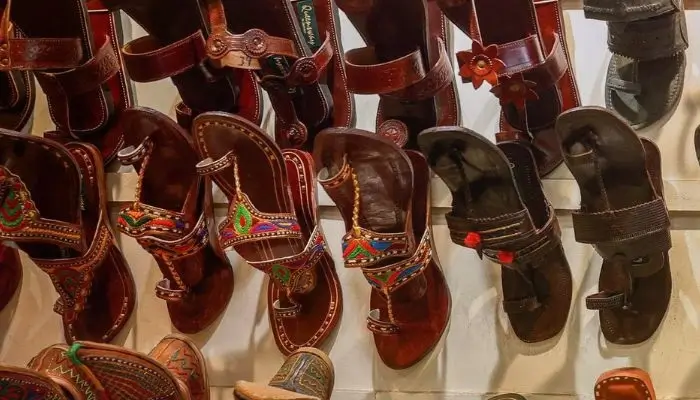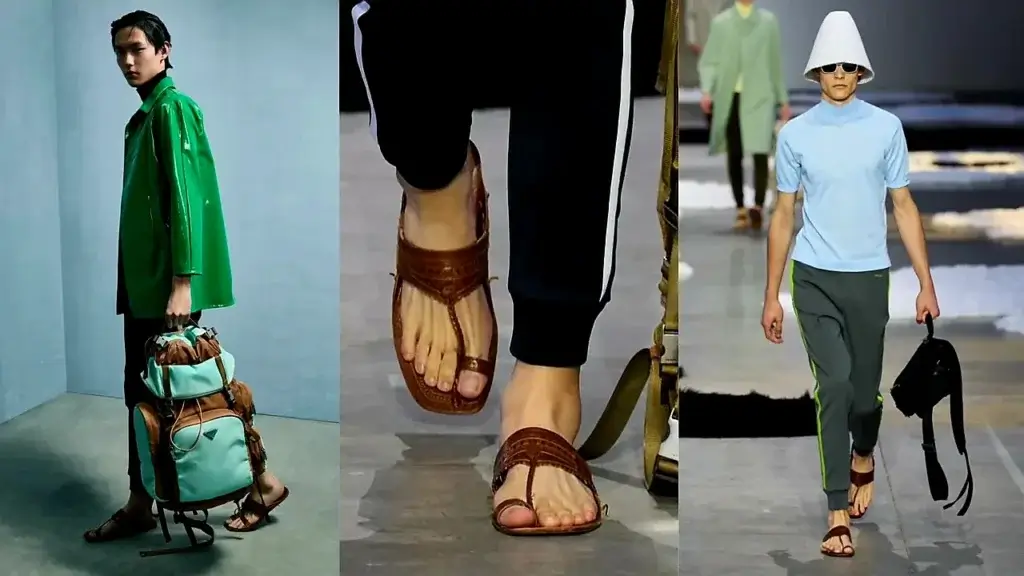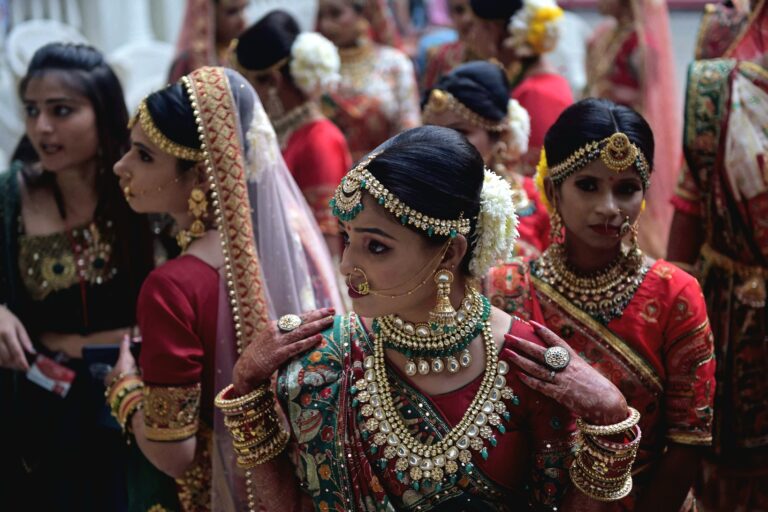Indian fashion in Global Brands no longer an eccentric interest in the encyclopedia—it’s a major design influence. From streetwear in New York to high-end collections in Milan, traditional Indian items like jholas, dupattas, and Kolhapuri chappals are everywhere. But amid this growth, there’s growing concern over the lack of credit for the real creators: Indian artists.
The Prada Kolhapuri Controversy: A Point to Make
Recently, Labrador label Prada presented its latest lineup of Kolhapuri-style sandals. While the design is clearly made from Indian sandals, the brand made no mention of its origins.

Social media users were quick to call it out using the hashtag #Kolhapurinotprada. Ultimately, Prada invited India to a meeting to understand the cultural significance of the design with a perfect message, local artists.
Why Credit in World Fashion?
Indian Fashion in Global Brands marketplace isn’t just about aesthetics—it’s about centuries of craft and cultural identity. RainaGlobal brands now market Indian artistic styles. Without credit or assistance, this is cultural appropriation, not recognition.
Cultural Appropriation vs. Appreciation
There is an important difference between encouragement and exploitation. Brands that are truly drivers of Indian Fashion in Global Brands should do the following:
- Help local artists
- Provide pay and visibility
- Clearly explain the origins of traditional styles

By doing so, Indian fashion’s presence in the global climate becomes a celebration, not theft.
Global Examples – Some Are Getting It Right
Some of the best examples are:
- Stella McCartney collaborated with Indian flooring artists.
- Gucci embraced the use of Neapolitan and Chikankari motifs.
But these are rare. For every one ethical example, there are many cases of shooters with irregular designs.
Preserving Indian Heritage through Global Fashion
With the mobilization of Indian Fashion in Global Brands privatization, there is also an opportunity: modernizing style to preserve heritage. If done right, this could lead to a global rebranding of Indian craftsmanship – from what may be seen as “exotic” to what is necessarily legitimately acquired.
Conclusion: The Road Ahead
Indian fashion must be promoted and aesthetically relevant to the world of fashion. It must recognize its birth, honor the creators, and responsibly make their work a part of the mainstream fashion world. Prada’s India trip is a start – but lasting change will require transformation, not just a response to a crisis.



